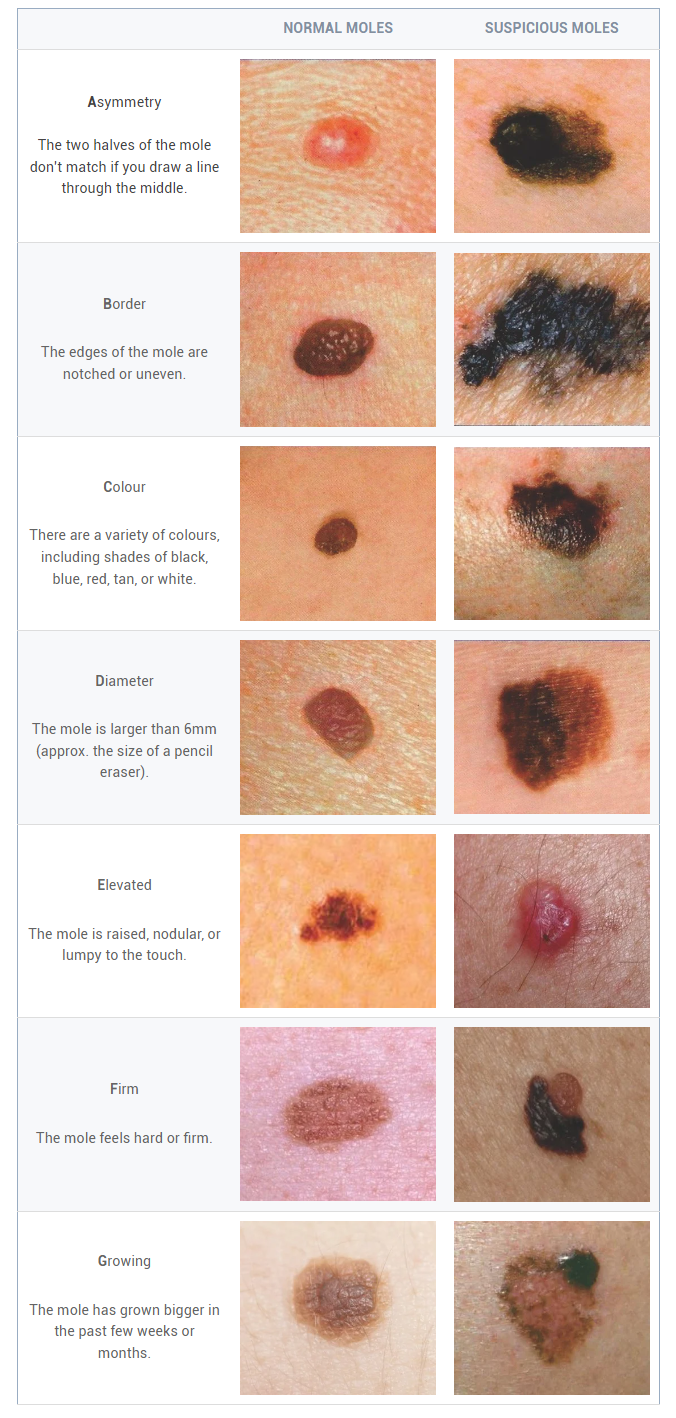Melanoma March 2024
Did you know melanoma makes up just two per cent of all skin cancers, but is responsible for 75 per cent of skin cancer deaths? Australia has the highest melanoma rate in the world, with one Aussie diagnosed with the disease every 30 minutes and one losing their life every five hours.
Our stats may be scary, but there are steps you can take to protect yourself from this deadly disease through prevention and early detection.
Melanoma March is a good time to start.
What is Melanoma March?
Melanoma March celebrates Melanoma Institute Australia’s major annual fundraising campaign. Each Melanoma March brings together melanoma patients, their families, and local communities to raise awareness and funds for research to reach the goal of zero deaths from melanoma – a view wholeheartedly shared by The Bright Side Medical & Skin Cancer Centre and embodied by our vision of a world where nobody dies from skin cancer – not just this month but every day.
Melanoma March is a timely reminder about the dangers of melanoma and the importance of regular skin checks. It is a month to promote awareness about our “national cancer” and raise funds for vital treatments and research that save lives.
How can you support Melanoma March?
This March, take the time to learn the ABCs of melanoma. Get to know the signs and symptoms of skin cancer, learn to monitor the skin of yourself and your loved ones, and book in a skin cancer check to pick up small changes early. It could save your life.
Get to know the signs of skin cancer.
A mole may be suspicious if it shows one or more of the following ABC signs of melanoma. If you notice any of these signs, you should quickly see a doctor for a thorough skin check-up.

Outside of your annual skin cancer check, you should see a doctor if any mole:
- changes shape, colour, or size;
- becomes crusted, itchy, flaky, or bleeds easily;
- won’t heal after a few weeks;
- becomes raised or irritable; or
- appears anew, especially if you are over the age of 30.
Monitor your own skin and your loved ones’ skin for suspicious signs.
In between visits to the doctor, the person most likely to notice an irregular spot on your skin is you! Skin cancer effects two in three Australians by the age of 70, but it doesn’t have to be deadly if it’s caught early. If you keep track of new and changing moles and get them checked by your doctor if they are concerning, you stand the best chance of catching the disease before it requires invasive treatment or spreads to other parts of your body.
See a doctor for a professional skin cancer check every year.
Regular skin cancer checks with a trained doctor are essential for early detection of skin cancer and might save your life. Learn more about what’s involved with a skin cancer check and why they’re so important.
Encourage your loved ones to get regular skin cancer checks.
Our friends and family can need some encouragement to get a skin check, and it’s important to keep an eye on your loved ones’ skin (especially in areas they can’t see themselves, such as the back, neck and scalp) and encourage them to get a skin check if they are overdue.
If you have ever been diagnosed with melanoma, your parents, siblings and children have a significantly higher risk of developing the disease too.
Consider participating in the Melanoma March.
See how you can support Melanoma Institute Australia’s Melanoma March event through donating or participating in a walk event near you.
Look after your skin health every day with sun-safe habits!
There are simple ways to reduce your skin cancer risk:
- Slip on a shirt
- Slop on broad spectrum SPF 30 or higher sunscreen
- Slap on a broad-brimmed hat
- Seek shade
- Slide on sunglasses.
- See your doctor regularly for a skin check.
- Stay indoors during peak UV times (check the UV index on your weather forecast).

